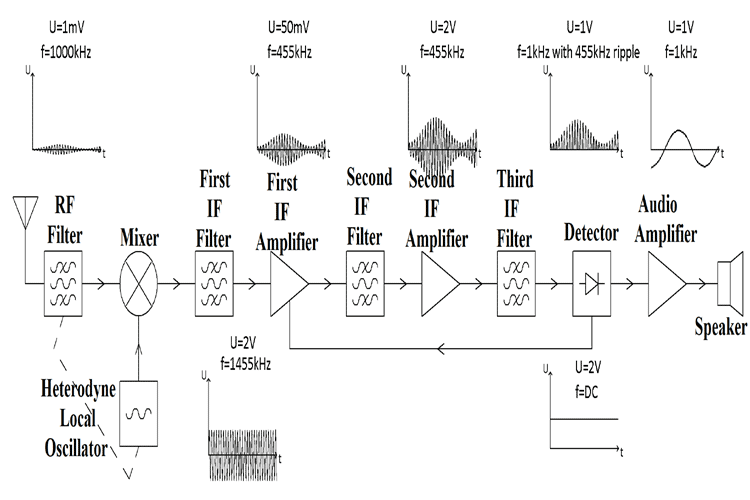Follow along with the video below to see how to install our site as a web app on your home screen.
Note: This feature may not be available in some browsers.
Where can I find the tuning transformers?
465 khz was used as an IF frequency in old AM radio receivers. I think one of these could be tuned to 490 Khz. (You may have to change the built in tuning capacitors.) They seem to be available on ebay.
Les.
You would have made a fortune these days on that 45 gallon drum! Retired in styleA good many years ago (40?) I called in a small 'junk' shop one day (not there any more I'm afraid) while we out in the van at work, and we'd parked just a couple of houses away from it on a job. The only item that's stuck in my mind was a HUGE box (think 45 gallon drum) full of various small IF transformers.
I didn't have any money on me, as I was at work, and I always meant to call back - but never did
You would have made a fortune these days on that 45 gallon drum! Retired in style. Or maybe that shopkeeper did.

That would work, but usually they simply wind an extra winding on the rod to feed the transistor, rather than using a tap, as in this example:

Superheterodyne AM Receiver - Working with Block Diagram and Schematics
In this article, we will learn about the working of a Superheterodyne AM receiver or superhet for short with the help of a block diagram.circuitdigest.com
(....)
Thanks Nigel. Would you know the values of C1, C2, C4, R1 and the amount of windings for both coils; approximatively (490kHz)?
How should an ferrite rod antenna be connected to the diagram in my initlal post?
Yes, it is something which I wound myself.I can see a minuscule toroid transformer (TR1); self made? Would it matter what size that toroid is?
The circuit originated in some magazine, Practical Wireless probably.
Where can I find the Navtex transmission protocol? I intend to eventually build my own RF receiver (with a cascode setup in the input stage) as well as message decoder using a controller.(....)
NAVTEX, is transmitted on two frequencies 490kHz and 518kHz.
The signal is basically a 100bps teleprinter type signal. (no it does not use the old 5bit CCITT no2 code).
As I sit typing this, the receiver behind me is receiving data from Rogaland Radio near Stavanger in Norway.
The data is being displayed on a laptop computer running a bit of software called Frisnit.
(....)
The RF amplifier is a cascode circuit using FETs, so it is safe to assume the the input impedance will be high, so connecting the tuned circuit of the ferrite rod antenna directly to the gate of the FET will not result in any loading of the tuned circuit.
However, be aware that using the ferrite rod antenna on the bench with all sorts of other equipment could result in a lot of noise which swamps the wanted NAVTEX signal.
JimB
